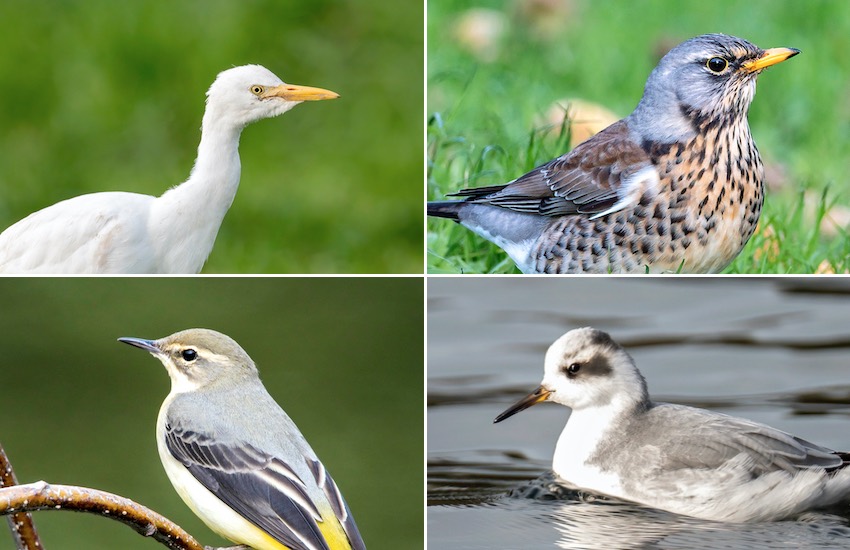
As we start to hunker down for the colder winter months, you might think that Jersey’s wildlife is doing the same. But there is still plenty of bird activity to see even during a dark December.
On your next winter walk, keep an eye out for some of these brilliant birds, as recommended by Romano da Costa from the Jersey Birding group…
Cattle Egret
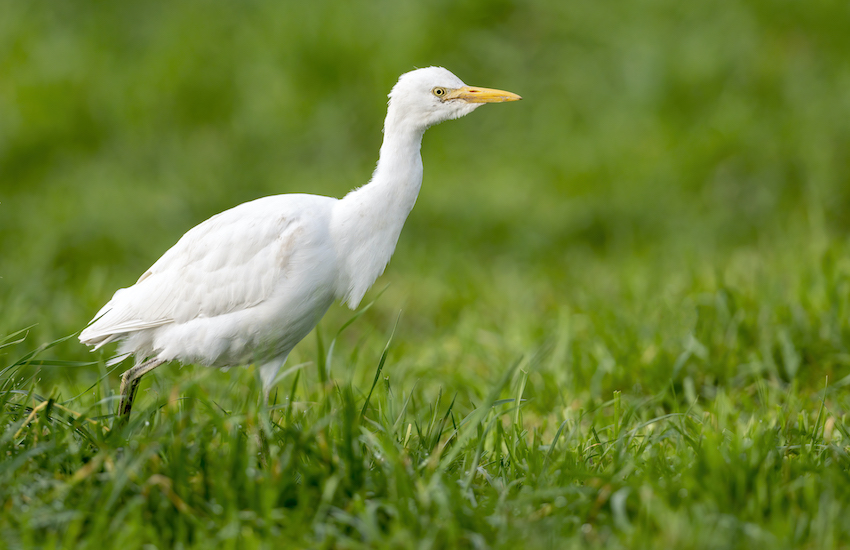
These small, white herons (Bubulcus ibis) should be easy to find, feeding mostly among cattle in the fields around Maufant, Queen’s Valley and the Holme Grown area of Grouville. Look for the cattle egret’s short, yellow beak – this distinguishes them from the little egret, which has a long, black, dagger-like beak. Little egrets also stand in a more upright position, compared to the stocky-looking cattle egret.
Fieldfare
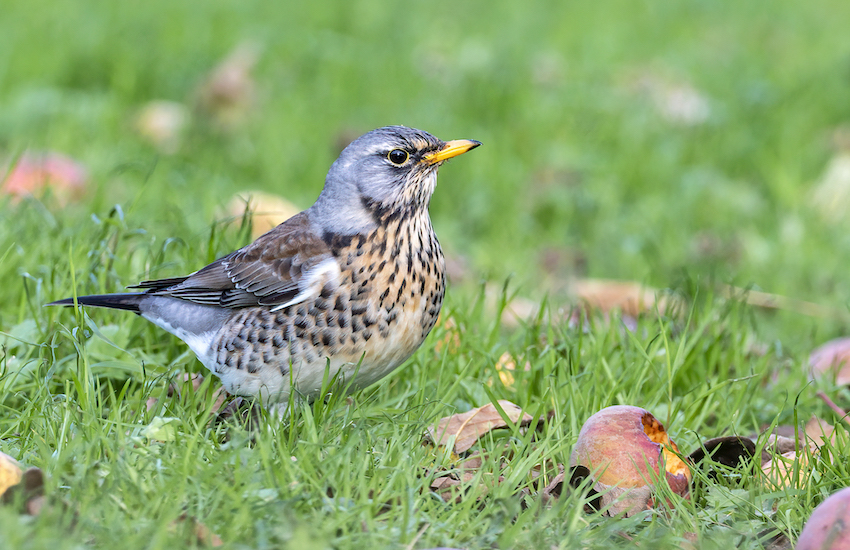
One of Jersey’s most handsome winter visitors, fieldfares (Turdus pilaris) start arriving in small numbers in November and can often be seen feeding on fallen apples. There is no guaranteed spot to find these large thrushes, so look out for them in orchards or in hedgerows full of berries.
Fieldfares are distinctive looking with their blue-grey head and tail and rufous-brown back and wings. When in flight, they show off their white armpits and you’ll often hear them making chattering calls.
Grey Wagtail
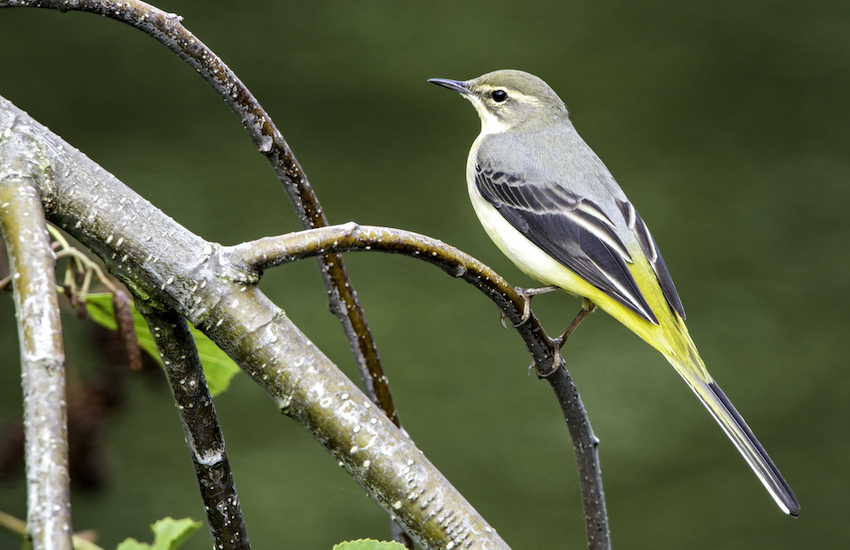
These birds shouldn’t be hard to find if you look in the right places. Grey wagtails (Motacilla cinerea) are often seen feeding around the edges of reservoirs, in small streams and even on the roadside after rain. You’ll spot them by their bright yellow rear end.
Grey Phalarope
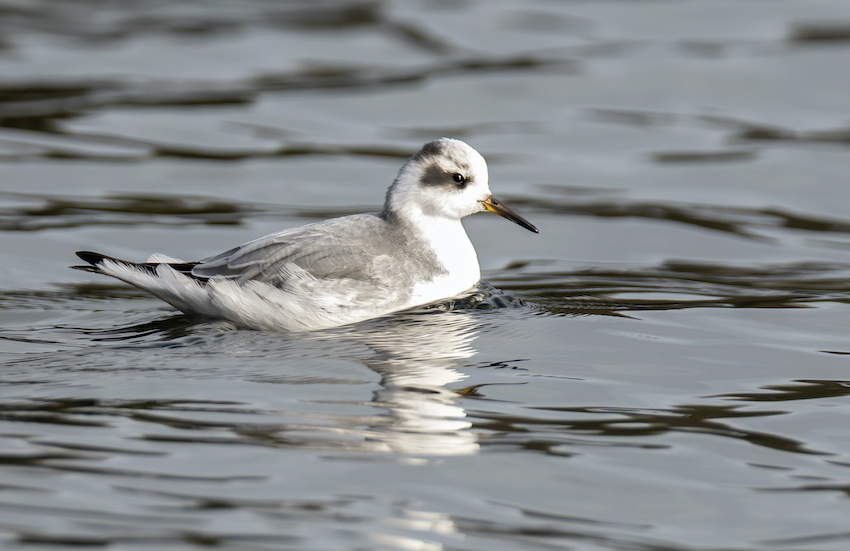
Grey phalaropes (Phalaropus fulicarius) are difficult to find, but these small grey and white birds can be seen around the coast feeding near the shoreline. They have also been known to visit the Island’s reservoirs. These birds resemble small sandpipers and they float around on the water, often spinning around frequently as they feed.
The Jersey Birding group might only get one record a year of grey phalaropes, so it is worth reporting your sighting if you do see one.
Images all courtesy of Romano da Costa.




